A storm is forecast for Britain’s top booze brands. Input costs, duty changes, tariffs, EPR and National Insurance rises are all hiking expenses as the market declines
Booze brands love great summer weather. Remember how the heatwaves of 2018 and 2022 drove stratospheric sales? Another scorcher is expected this year. But no matter sunny how it is, dark clouds will continue to gather over Britain’s makers of beer, wine and spirits (BWS).
Already buffeted by headwinds such as rising input costs and changes to duty, they now face further financial challenges such as export tariffs and the UK’s extended producer responsibility (EPR) scheme.
So, how big a storm could all these costs create? And how well placed are BWS suppliers to ride it out?
To some degree, the situation is nothing new. “Suppliers have been absorbing rising costs for years,” says Nick Gillett, MD of spirits distributor Mangrove Global. “The huge profits people think of when they see a high price on shelf don’t exist. It’s very tough for smaller suppliers with a high cost base in what is a declining market.”
The question is how much more suppliers can handle. As soon as Dry January finished, inflation-linked increases to alcohol duty kicked in. Rates went up 3.7% across the board. Wine suppliers were also hit by the ending of easement – a temporary system under which all wines were taxed as if they were 12.5% abv. The change in February means wines are now taxed in 0.1% abv increments, so stronger wines incur higher duty.
It’s only the third time alcohol duty has increased in line with inflation in more than a decade. But coming so soon after a double-digit rise in August 2023, the move was met with widespread disbelief and anger.
“For the government to say they were listening to the industry and then go and do that was a surprise,” says Gillett. “Certainly for wine as well, it’s just added another layer of complexity that’s hard to understand.”
Successive duty rises in the space of 18 months have created a “lose-lose” scenario, says Julia Massies, Pernod Ricard UK MD.
“It’s bad for the consumer, who sees increased prices, and it’s bad for our customers, who have reduced margins. It’s bad for us, and it’s bad for HMRC and the taxpayer. There has to be a balance between taxation and growth.”
To make matters worse, wine and spirits suppliers are set to bear the brunt of the government’s EPR initiative, which will shift the cost of collecting and disposing of packaging from local councils to suppliers. Charges are yet to be confirmed, but illustrative fees revealed by The Grocer in January show spirits and wine would be hit hardest – at averages per unit of 12.2p and 10.4p respectively.
The aims of EPR are noble, but the way the scheme has been implemented has been “messy at best”, argues Gillett. “I don’t have an issue with the ‘polluter pays’ [principle], but the rates attached to different groups of waste aren’t known yet,” he says. “Businesses are trading without knowing what their liability per tonne is, which seems very strange.”
What we do know is that calculations are based on weight. That means suppliers reliant on glass will be penalised despite the material being near-infinitely recyclable, says Massies. “Glass, which is less than 5% of packaging volumes in the UK, will take on over 30% of the cost [of the scheme].
“Having a more punitive tax on glass than on non-recycled plastics isn’t the right way to drive the environmental agenda.”
For brewers and cidermakers, matters are easier – but not by much. They have faced less punishing duty increases in absolute terms, and many have been able to dial down the strength of their drinks to avoid higher bills.
They’re also able to switch more easily from glass to aluminium cans, which are exempt from EPR. They will instead fall under the scope of the deposit return scheme, set to kick off in 2027 – which will be funded by retailers and consumers, rather than just suppliers.
More Britain’s Biggest Alcohol Brands:
-
Britain’s Biggest Alcohol Brands 2025: The top 100
-
How premiumisation is fueling the alcohol-ready-to-drink category
-
The biggest winners and losers of Britain’s Biggest Alcohol Brands 2025
-
Britain’s next top booze brands?
Beer and cider’s troubles
However, makers of beer and cider are far from immune to rising costs. High interest rates have made servicing pandemic debt an acute challenge for craft brewers – and soaring prices of energy and raw materials have left margins razor thin.
Add recent National Insurance and minimum wage rises to the mix, and it’s little surprise more than 100 breweries have gone bust in the past two years [HMRC].
“Recent duty increases represent a £100k hit for us annually, with the increase to NI adding another £50k,” says Russell Bisset, co-founder of Northern Monk. “Our costs associated with packaging beer have increased around 4%-5%, with similar increases in carriage. We’ve also had to reflect the increase in minimum wage throughout our team to ensure pay grades are maintained.
“Fortunately, we’ve seen some stabilisation in raw material costs like malt and hops,” Bisset adds. “Negotiating with multiple suppliers and consolidation have helped us reduce costs further.”
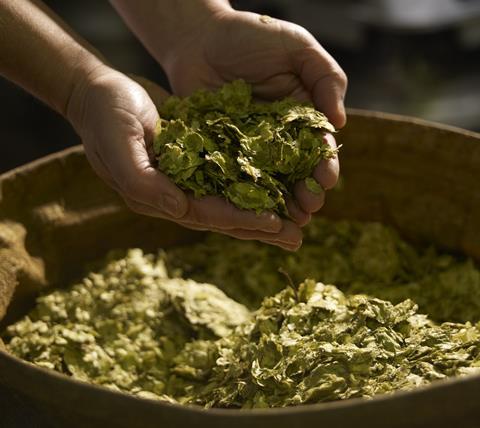
There’s a further pressure point for BWS, and all drinks businesses that do a significant trade overseas: tariffs. The possibility of 10% tariffs on exports to the US and a near-shutdown of EU brandy sales in China – amid allegations of dumping – threaten growth.
“It’s not just about the tariffs themselves – it’s the knock-on effect in terms of supply chain, the movement of stock and containers,” says Gillett. “The world is an incredibly complex place, and it doesn’t take much to disrupt global shipping patterns.”
Prices rise for shoppers
Almost inevitably, elevated costs are beginning to filter down to shoppers. Average grocery prices per litre and per unit have increased across every sector of BWS apart from sparkling wine [NIQ 52 w/e 19 April 2025].
On a per pack basis, beer & cider is up an average 1.6% and still wine has risen 1.7%. Spirits are home to the biggest increases in both percentage and absolute terms – climbing 1.9%, or 28p, per pack.
It’s crucial to note, though, that increases remain below wider grocery inflation, which came in at 3.8% in the year to April [Kantar].
Relatively modest price rises in booze reflect suppliers’ unwillingness or inability to fully pass on increased costs to consumers, Gillett argues. “Retailers have pushed back quite hard. They’re trying to offer value for money for their customers and keep price increases down.
“If you’re [a supplier] at the more luxurious end of the market, your consumer probably doesn’t notice a comparatively small price rise, but if you’re a value-driven, mass-market product, you’re going to struggle [to increase prices],” he adds.
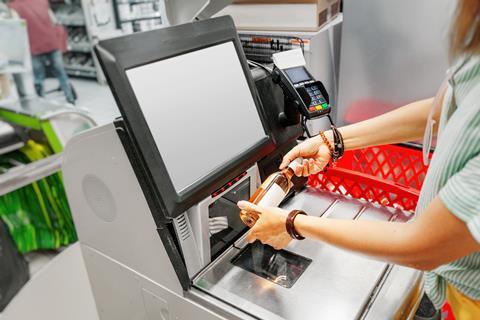
Getting the balance right can be tricky, Massies explains. “You have to find the sweet spot between your consumers’ and customers’ expectations and your own P&L. As long as we have inflation, we’re going to need to make certain interventions, but we try to make sure they’re proportionate.”
Without the will or ability to raise prices higher, BWS suppliers have had to mitigate cost pressures in other ways. Take cidermaker Healeys. In February, it announced plans to put Rattler Cyder into a can for the first time. The move was to offset a £700k EPR bill, MD Joe Healey told The Grocer at the time.
Northern Monk, meanwhile, has dialled back the number of special edition beers it launches each month, focusing instead on core range products to drive efficiencies. “Whereas previously we might have released up to 12 beers per month, last month we only put out five,” says Bisset.
Larger suppliers have had to undertake more comprehensive restructuring, cutting non-essential spending and reducing headcounts. Jack Daniel’s maker Brown-Forman, for example, plans to shed 12% of its staff.
At Pernod Ricard, recruitment has been frozen globally as the company seeks cost savings of €1bn (£850m) between 2026 and 2029. It has also sold its wine business – a move that will result in UK redundancies.
Reasons to be cheerful
Despite myriad challenges, Massies insists there are reasons for suppliers to feel optimistic. “Even in a perfect storm, we’re barely in decline. It shows how powerful the fundamentals of our business are. If we can get a duty freeze, then we can come back to growth next year.”
Gillett’s bullish, too. “Some of the downturn we’re seeing is cyclical and some of it’s seasonal,” he says. “If we get a good, long summer, there’s absolutely a feelgood factor.”
Looks like a balmy summer could be the difference between sinking or swimming.

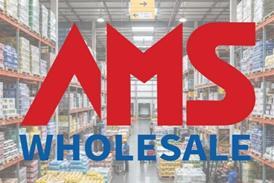



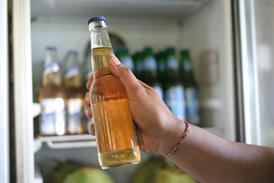

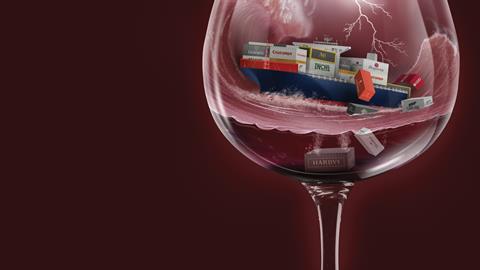


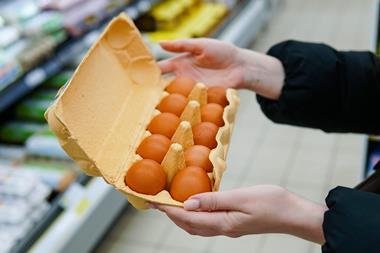




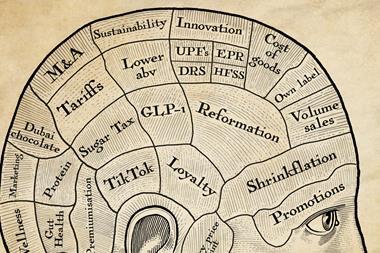




No comments yet